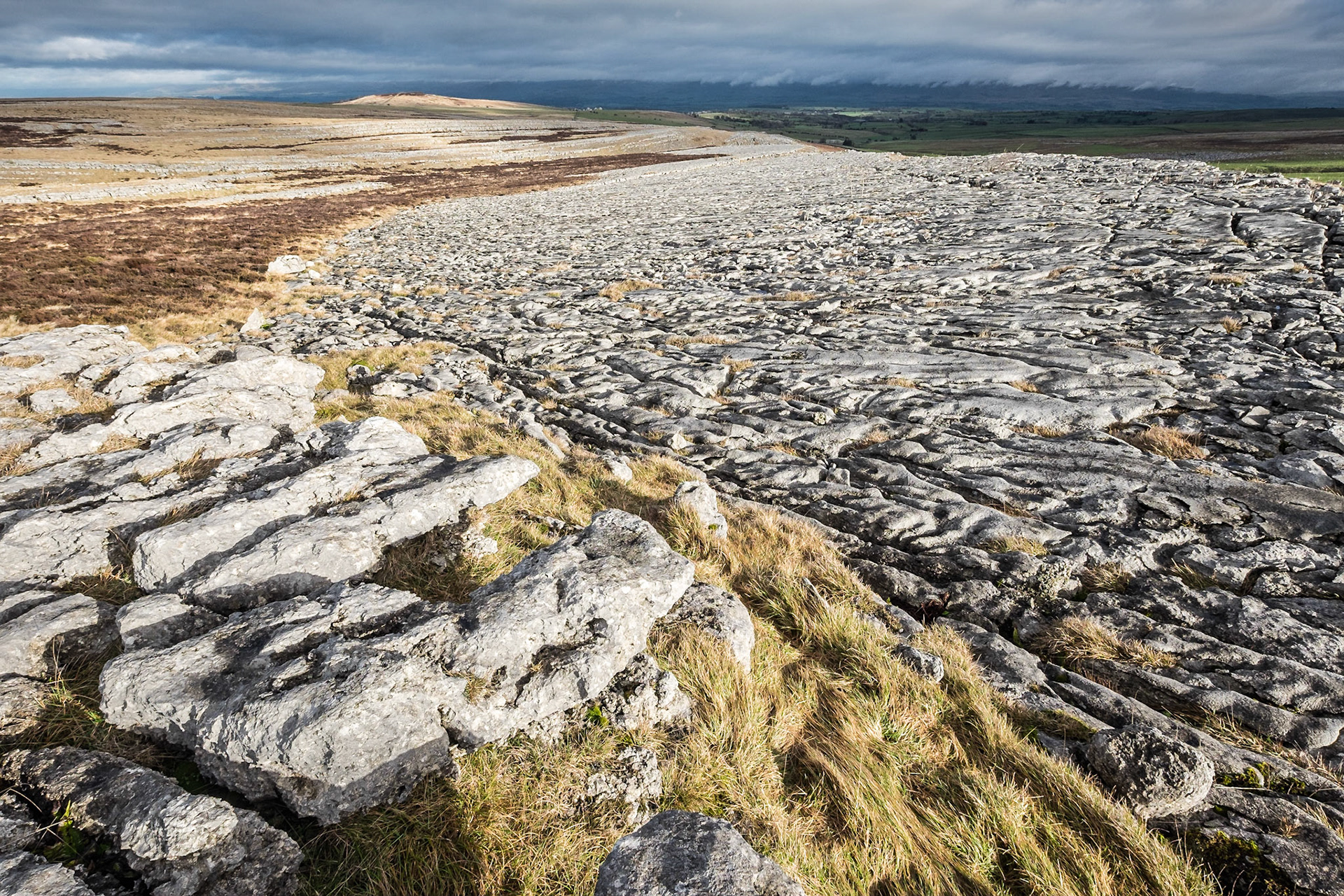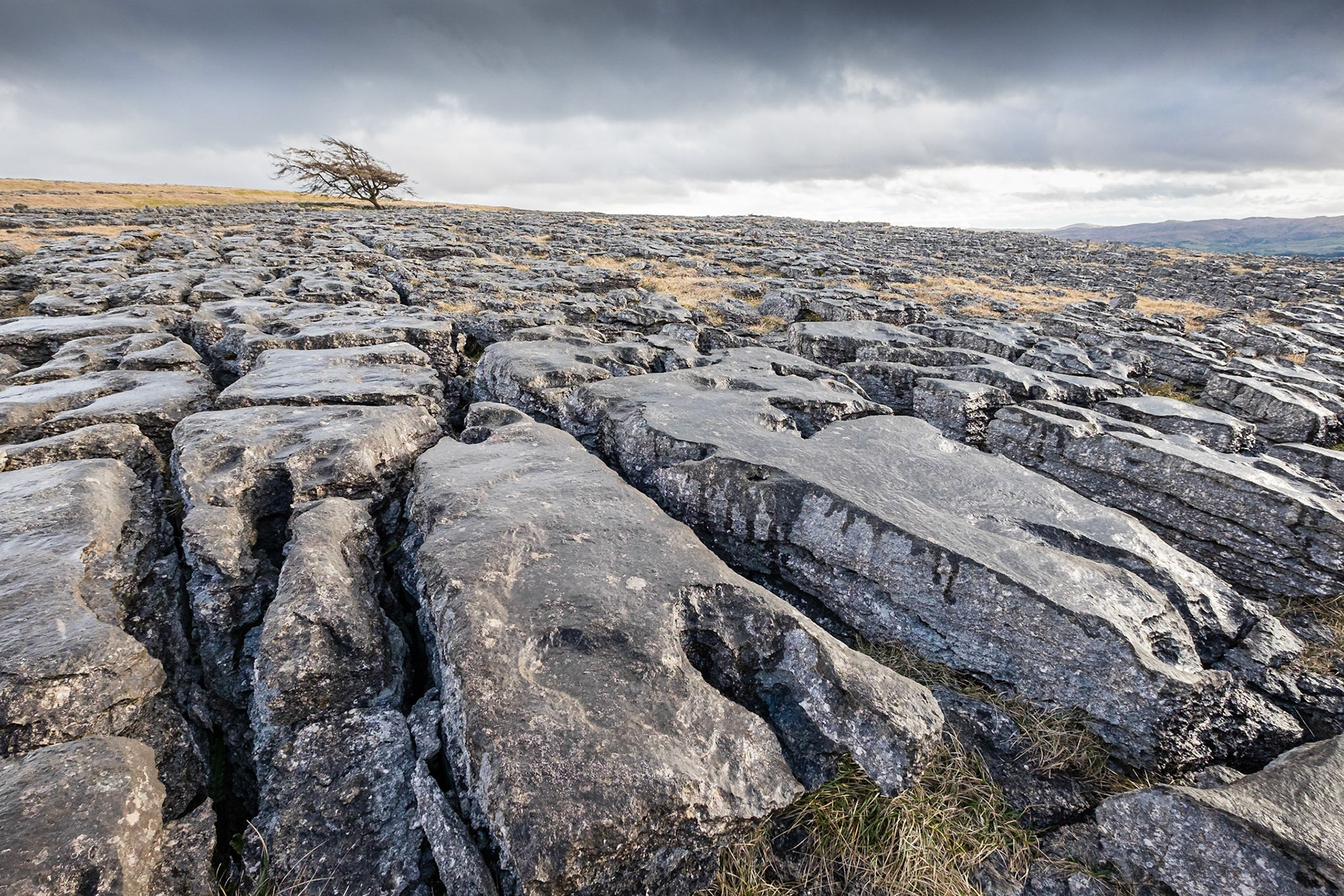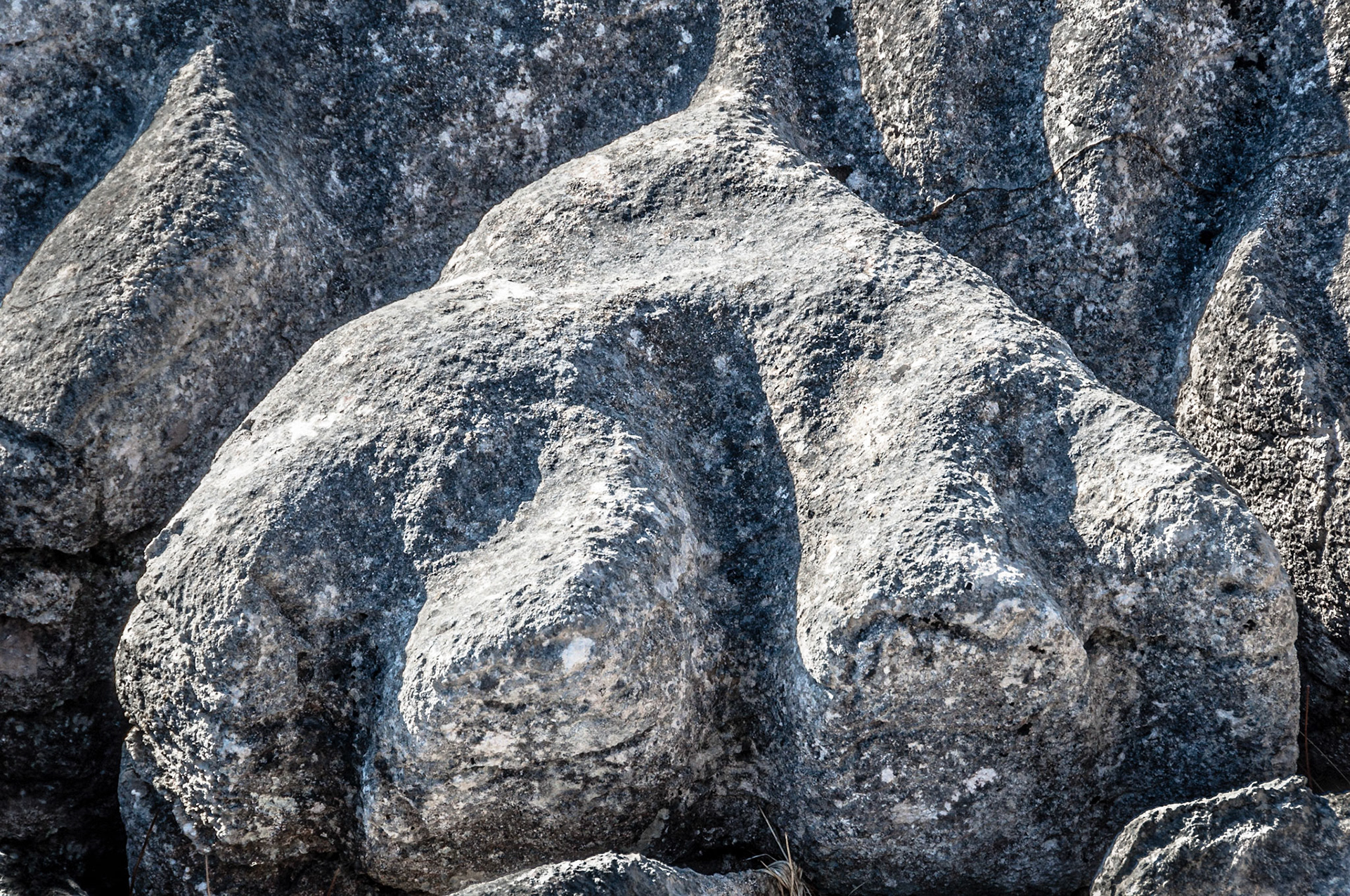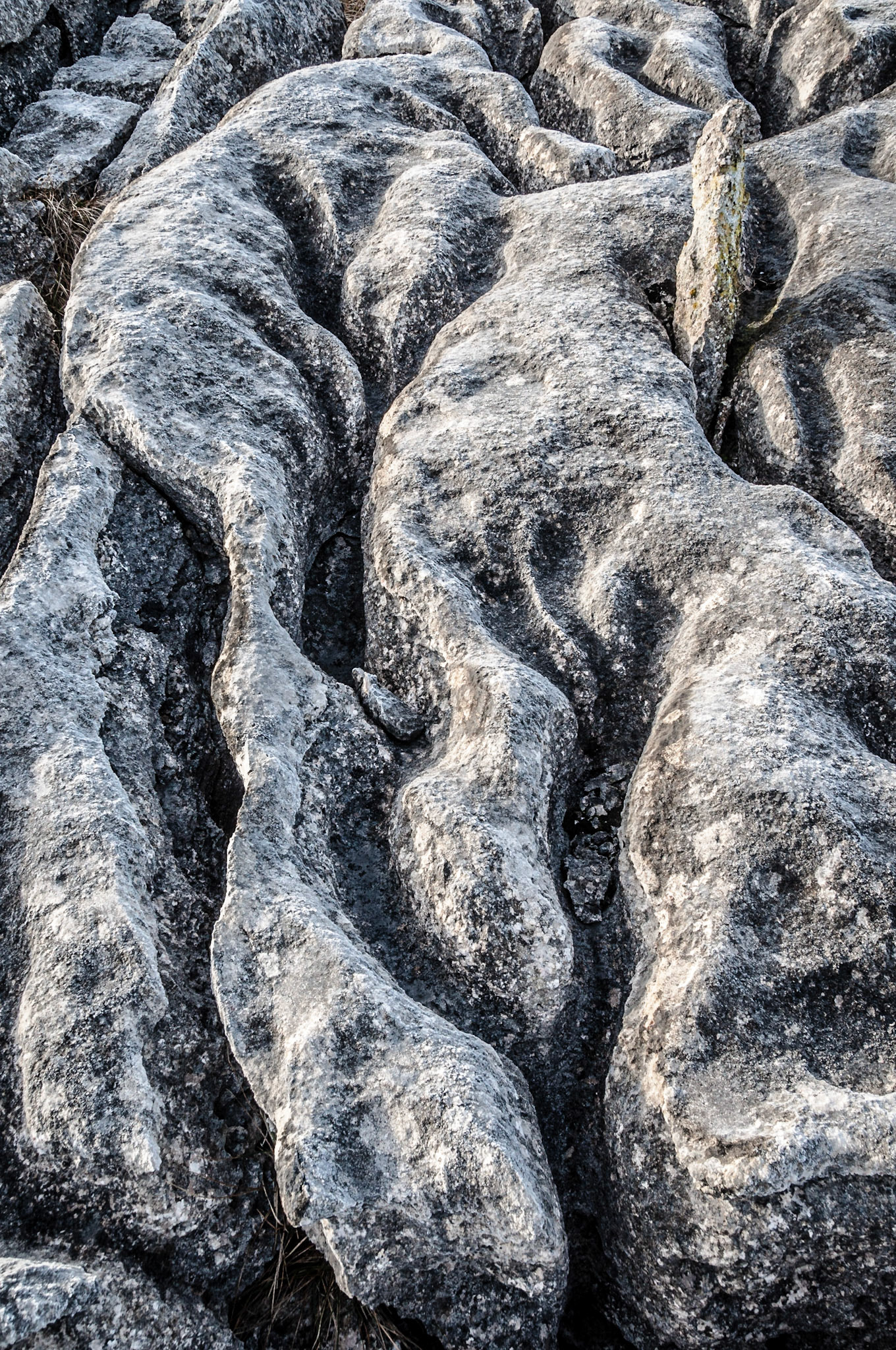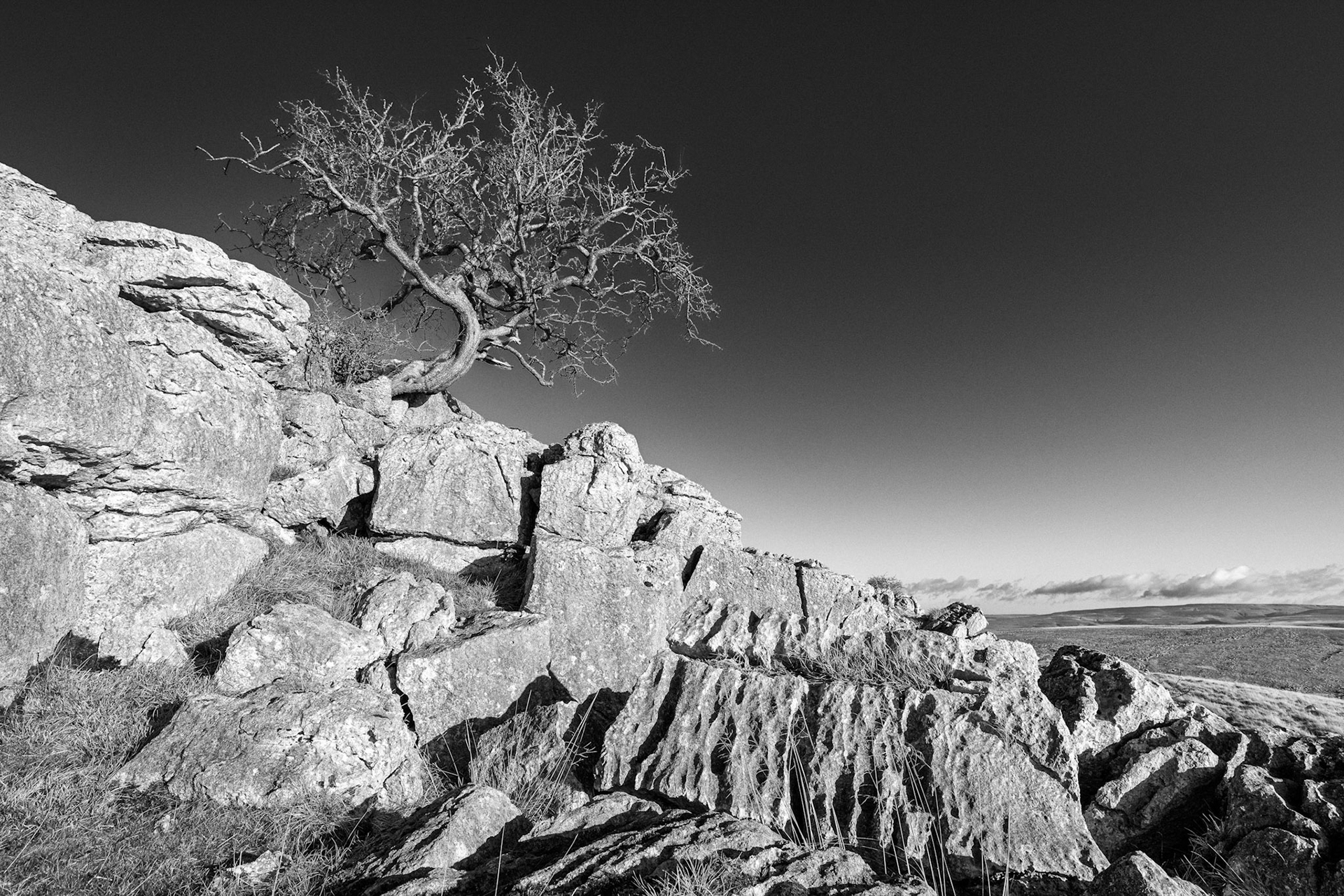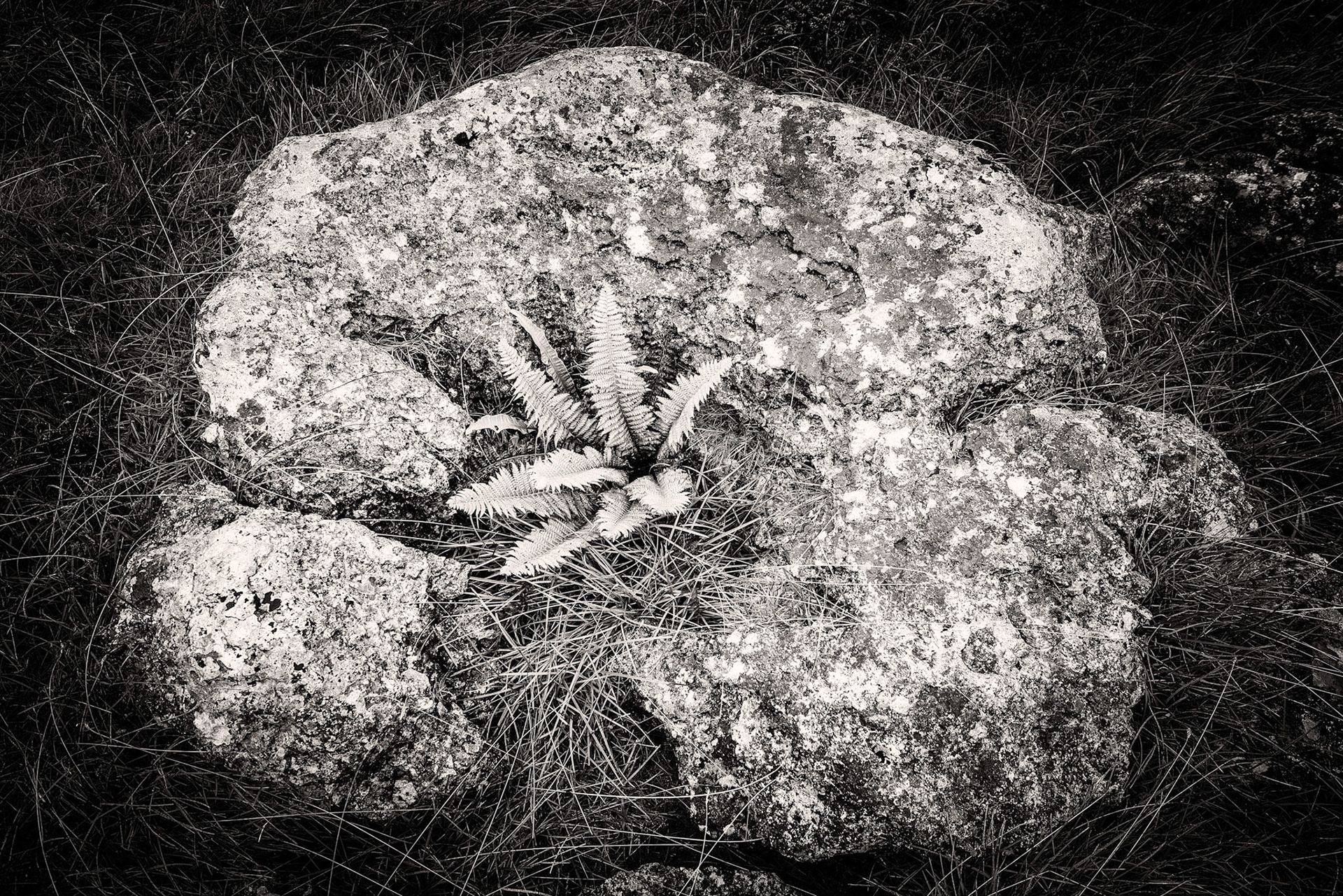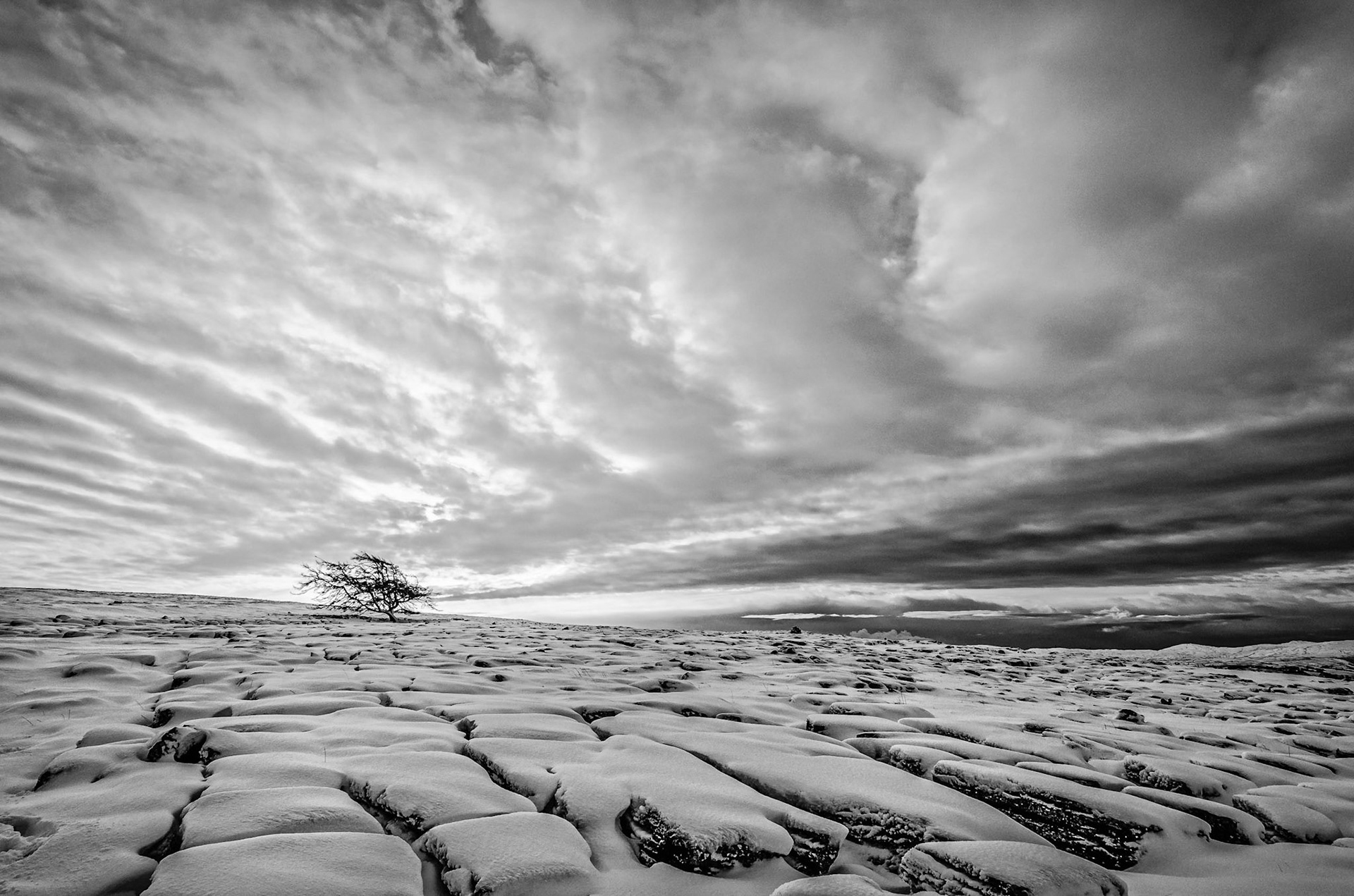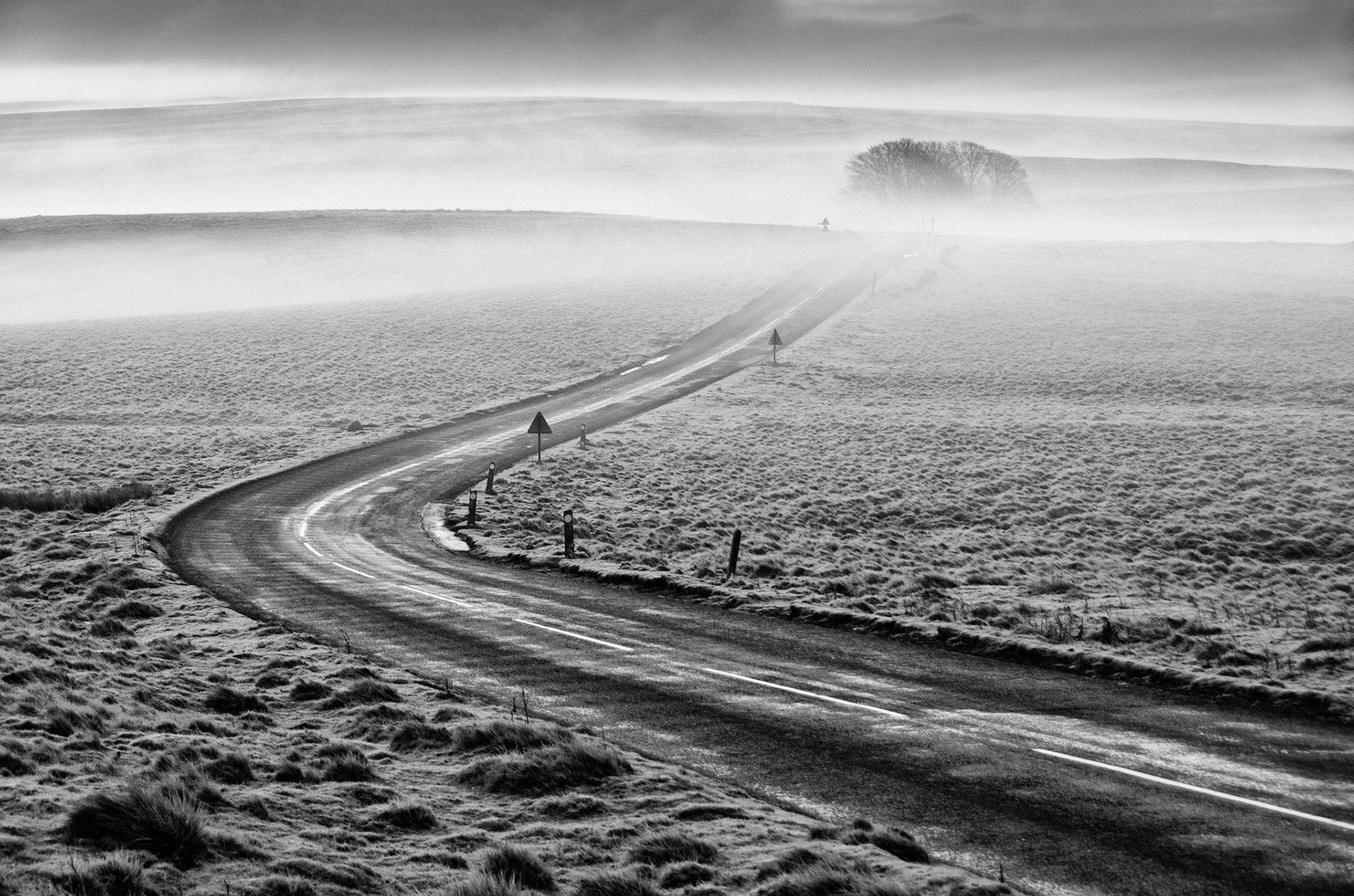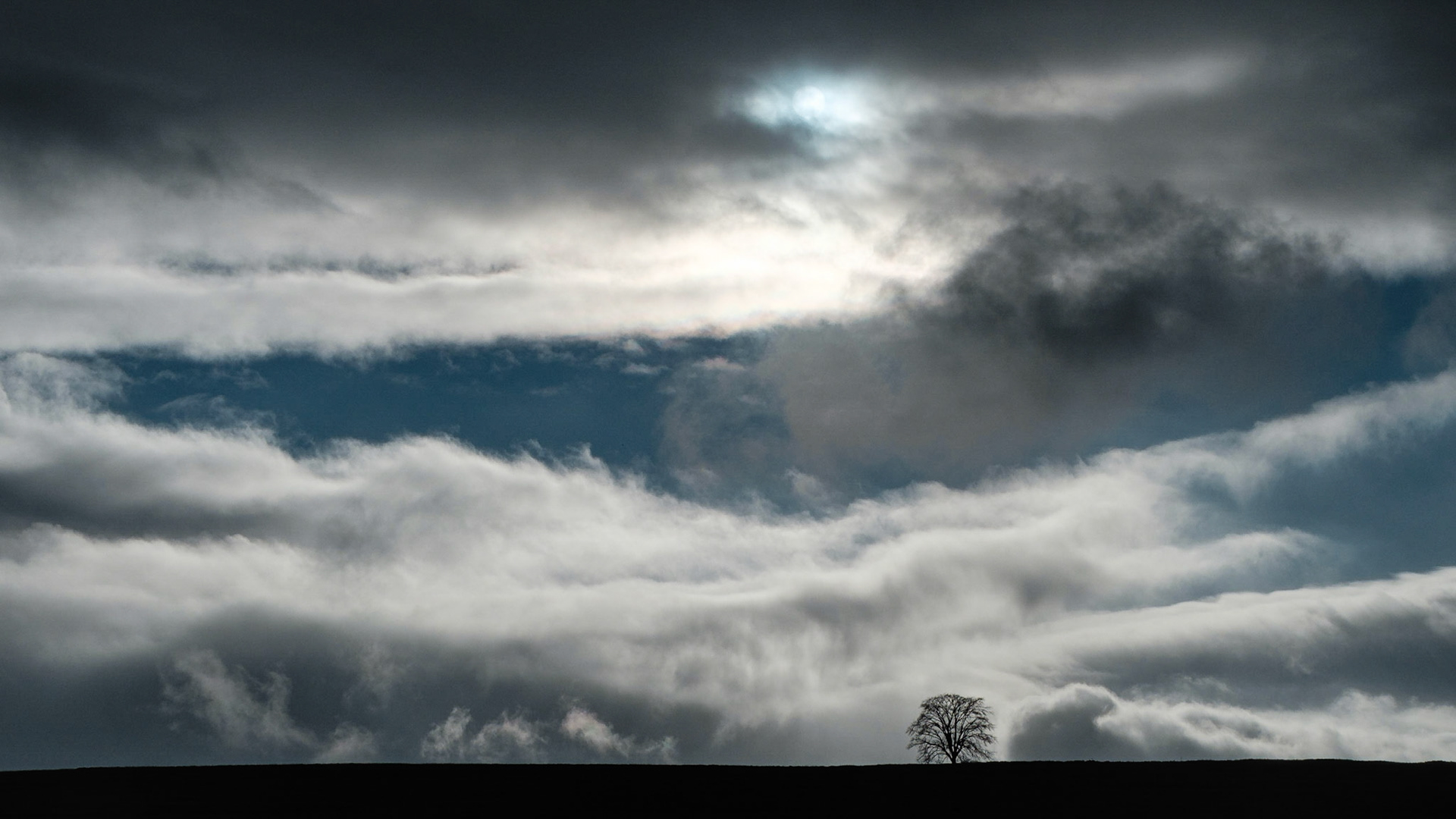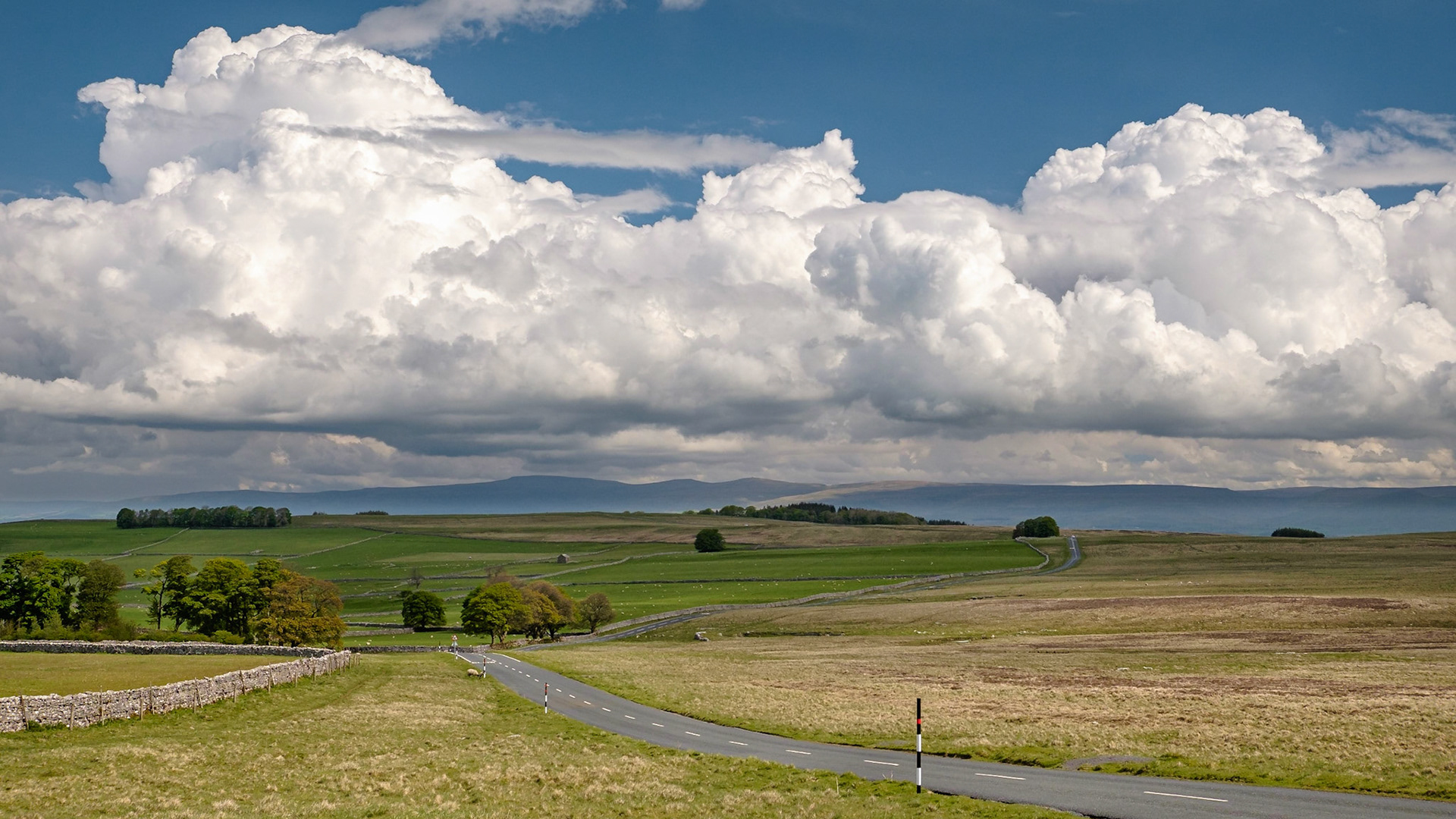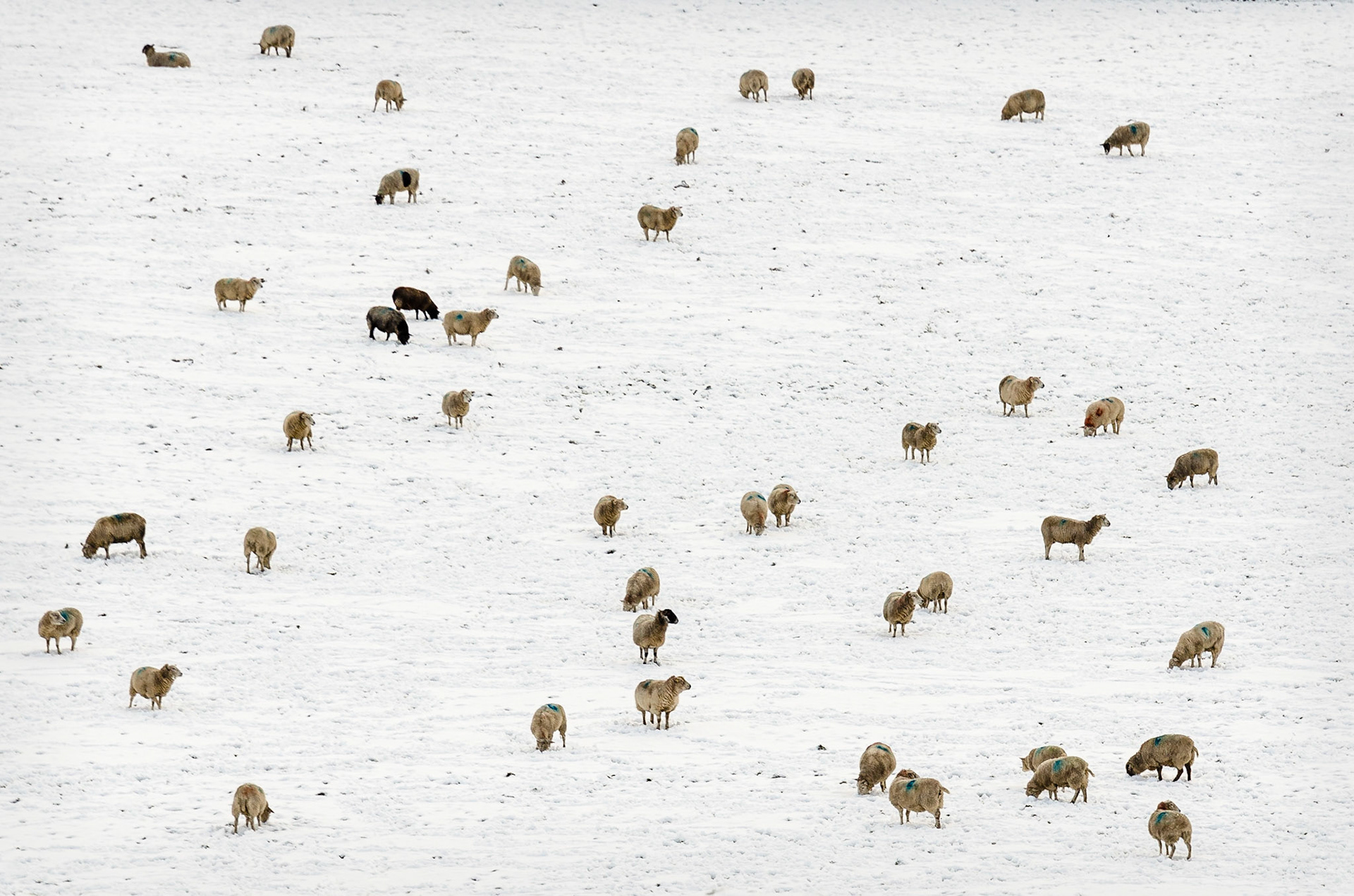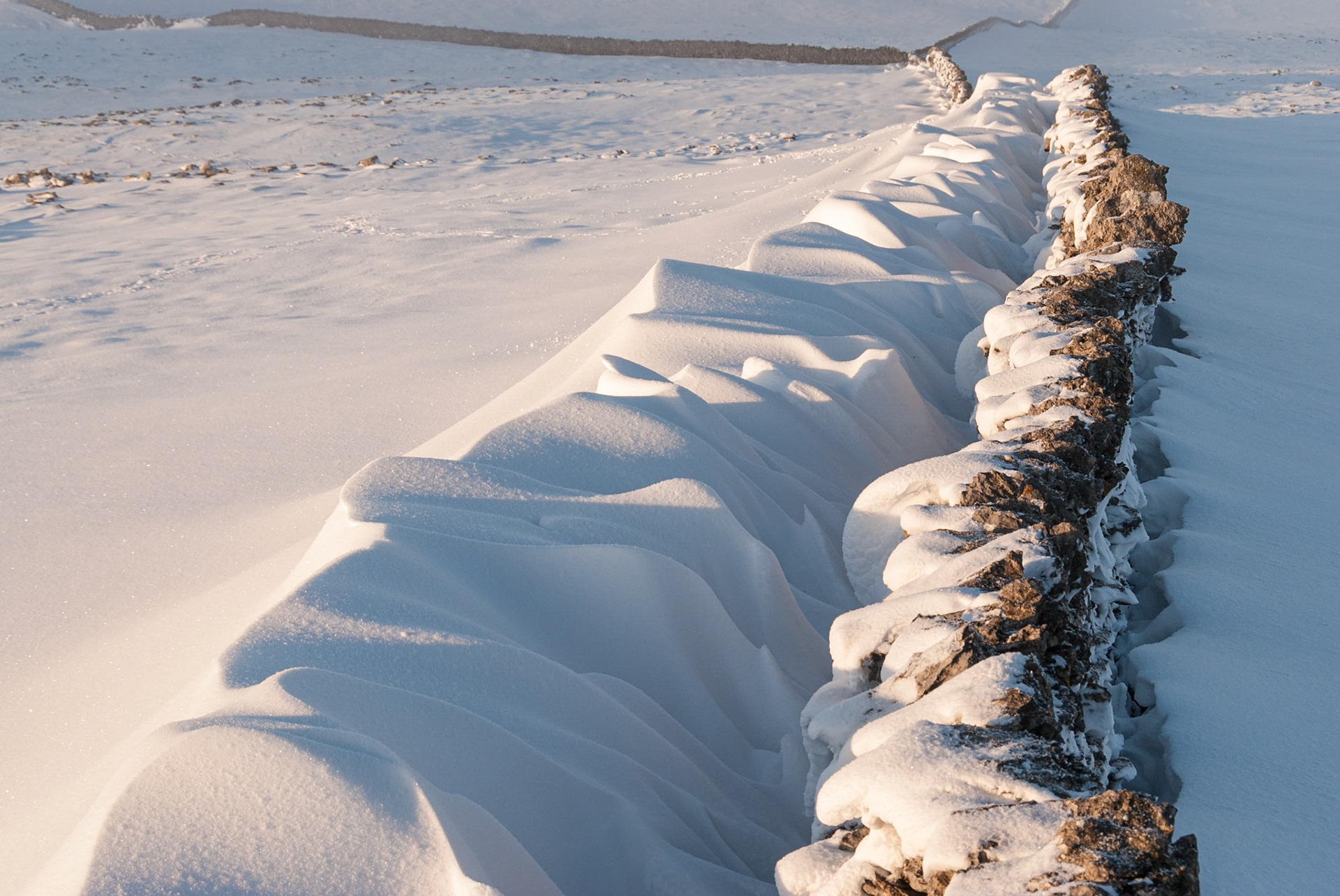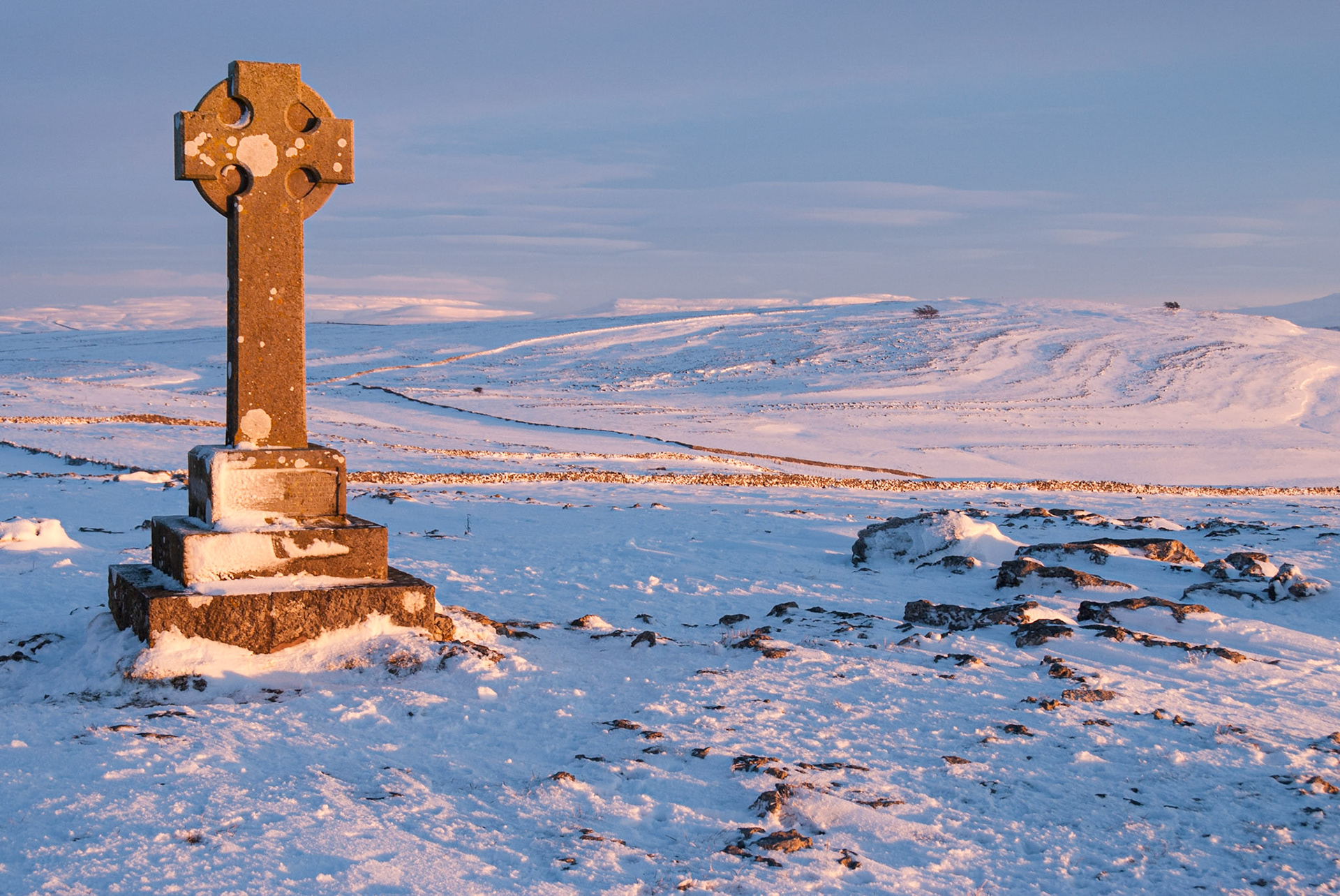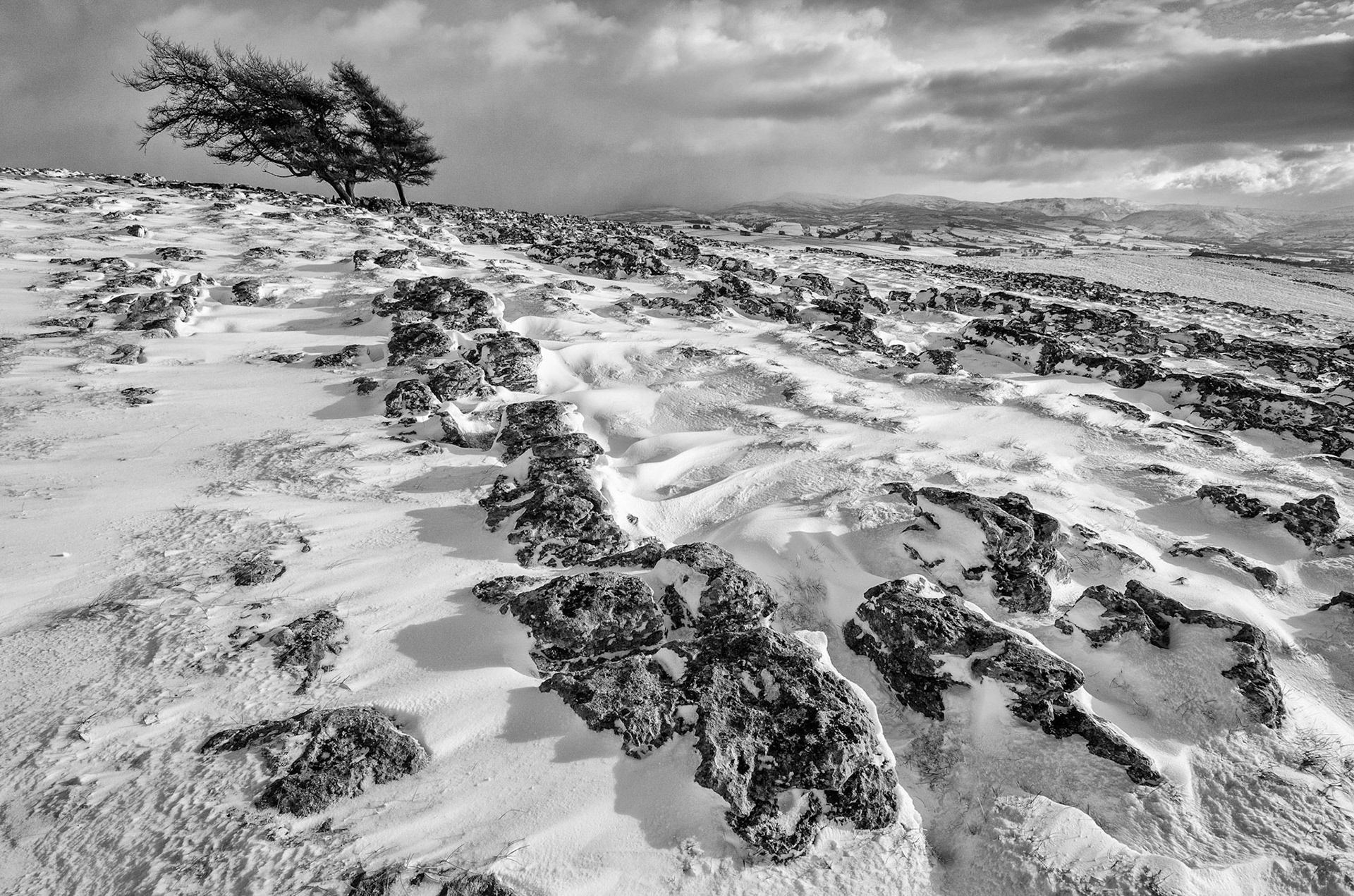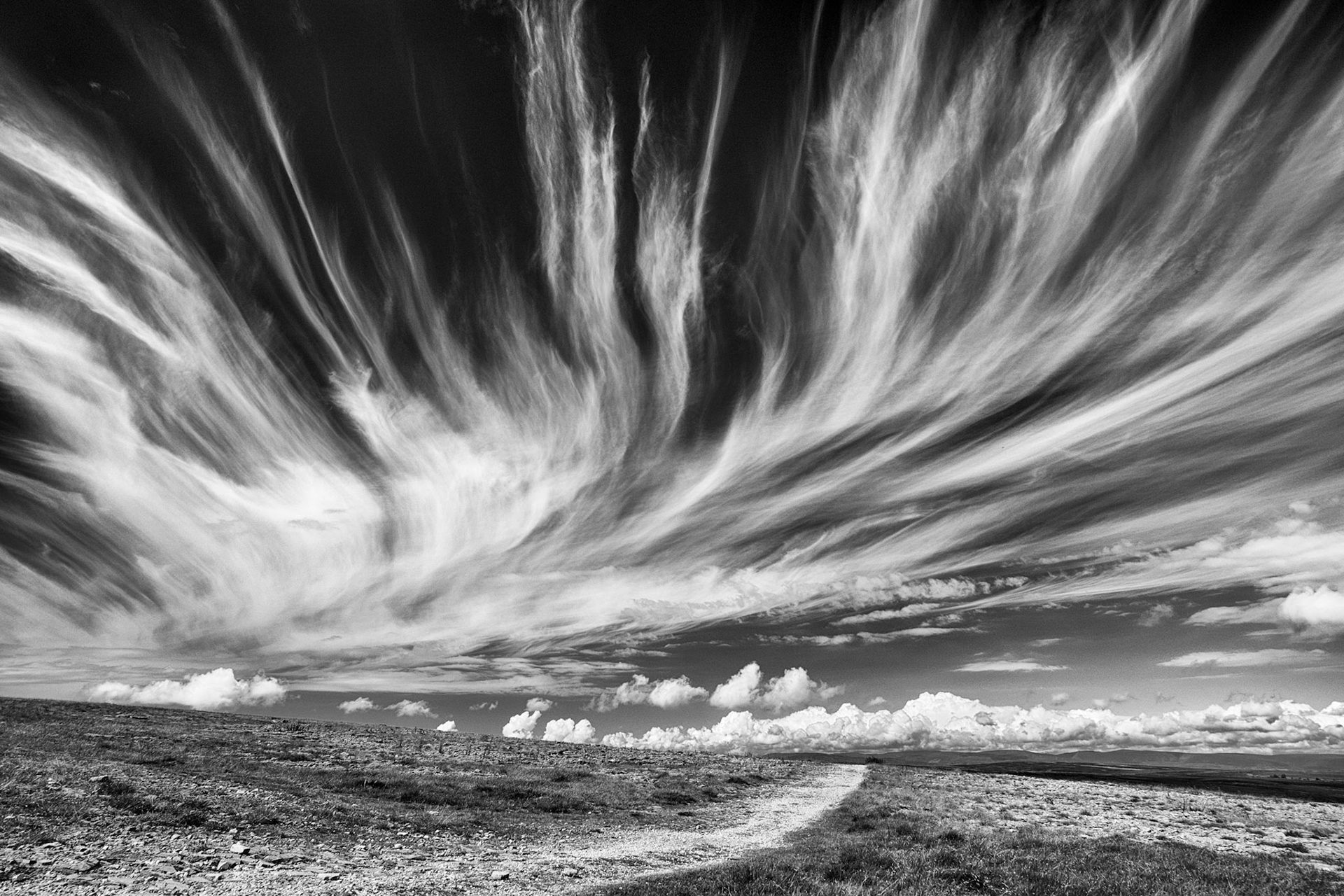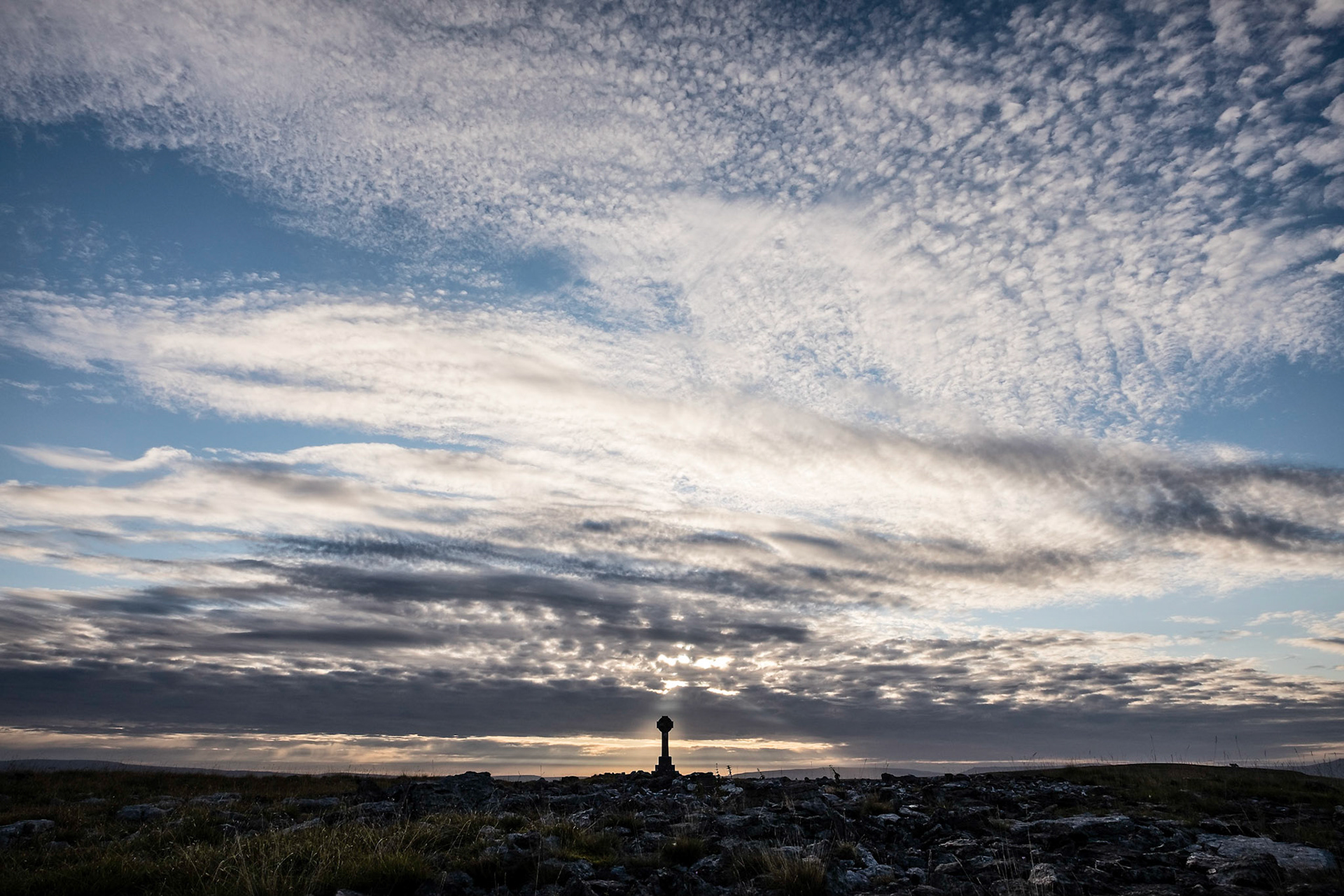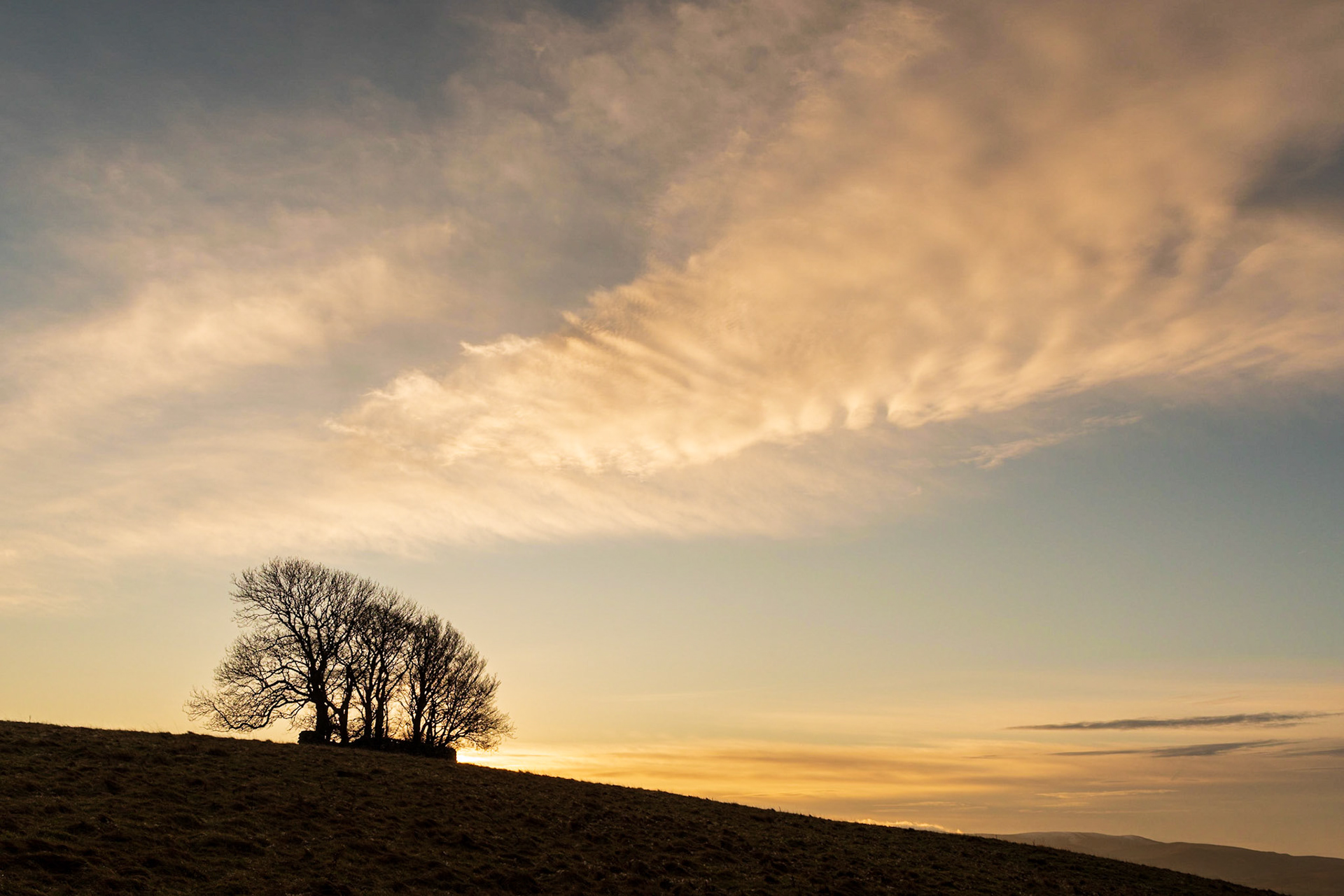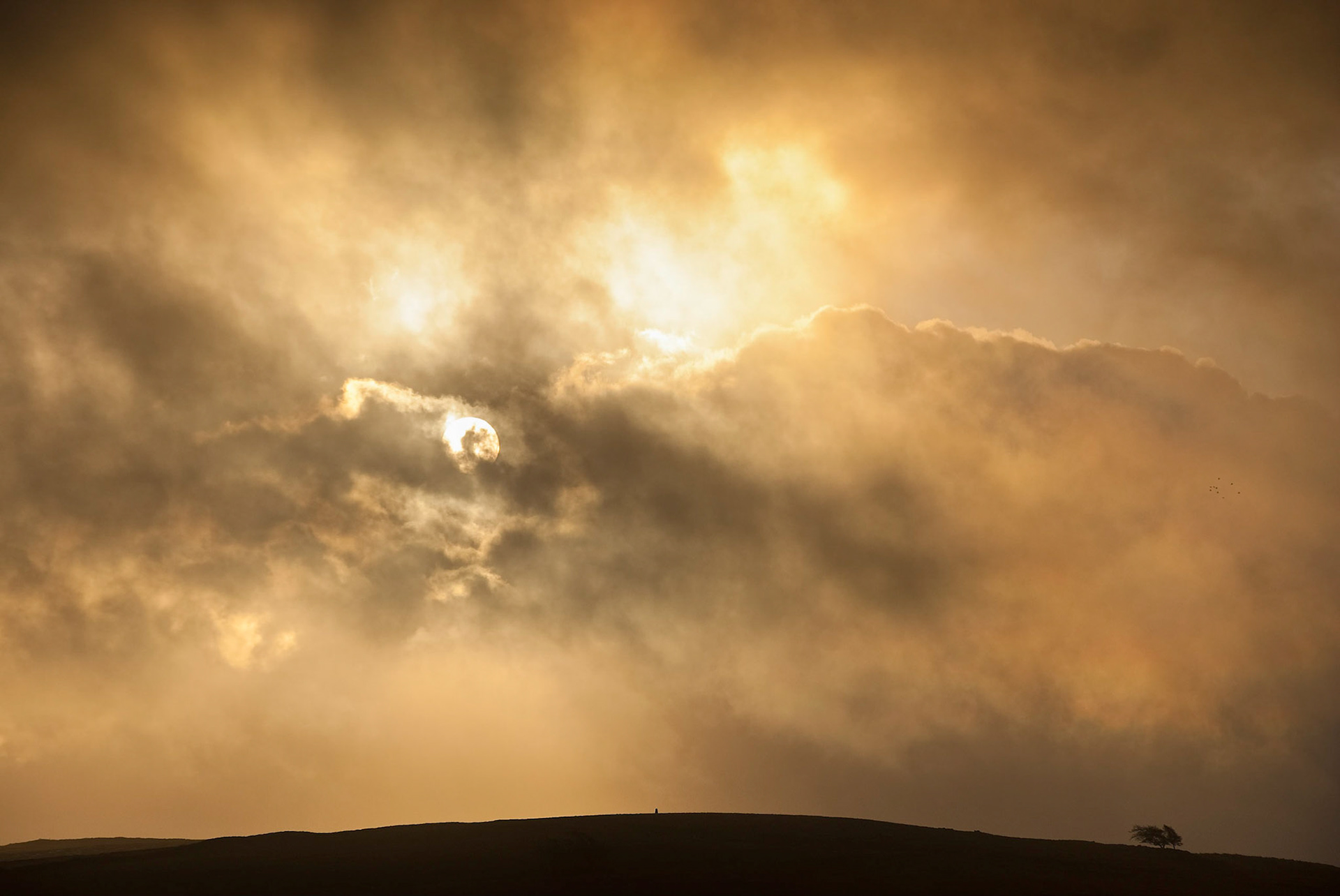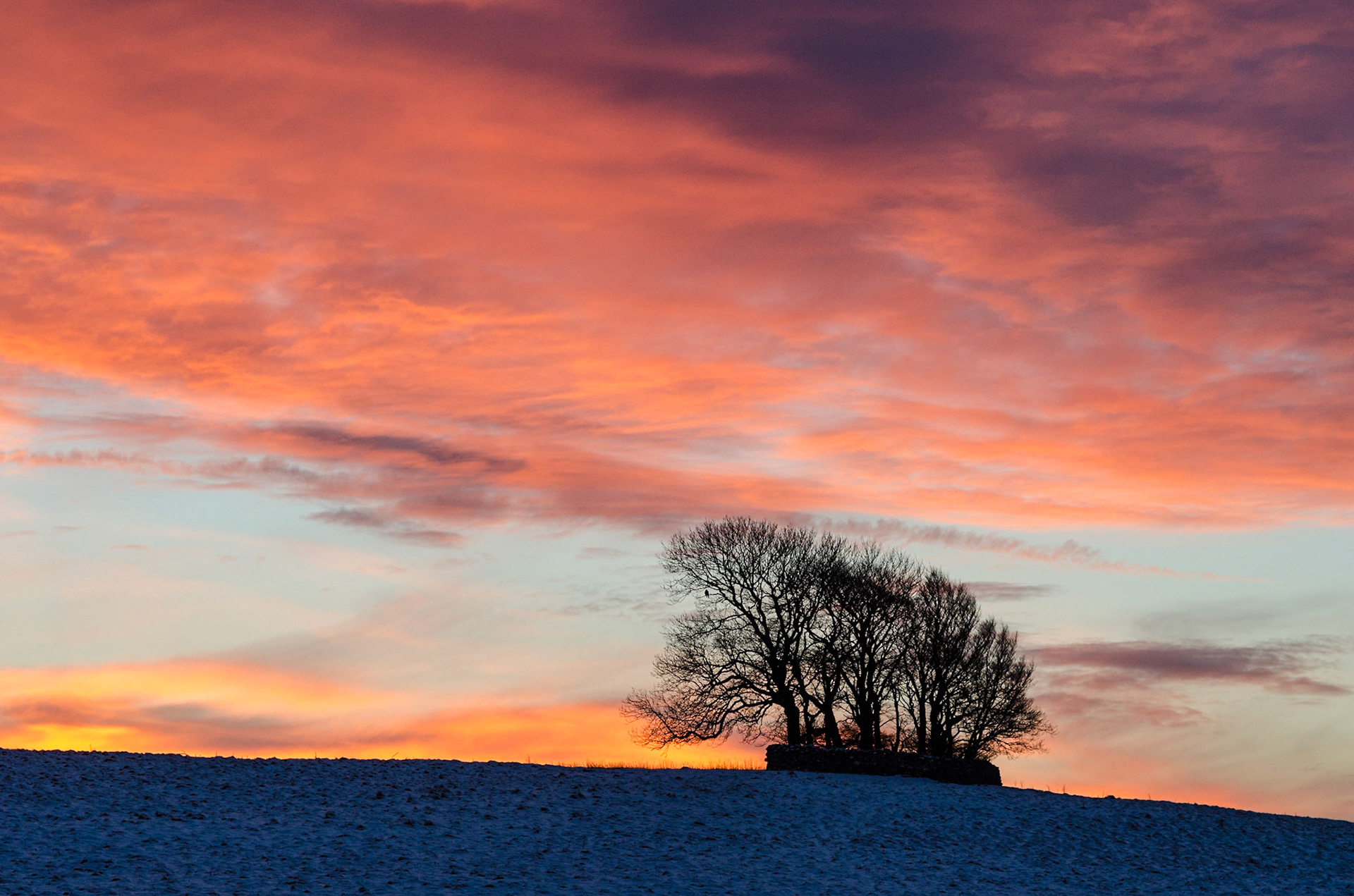This bleak part of Cumbria is not particularly well known, situated as it is some miles away from the eastern fringes of the Lake District National Park. In 2016 it became part of the Yorkshire Dales National Park, even though it is situated in Cumbria, and has never been part of Yorkshire. Not everyone was happy about that. Indeed prior to the reorganisation of boundaries in the 1970's, it actually belonged to the old county of Westmorland. To recognise this, the area has since been branded as the 'Westmorland Dales'.
However, all that is now history. One thing which is not in dispute- this is limestone country. A plateau featuring big skies, weathered rocks and weather-beaten trees which bear testament to Nature's struggle against the elements. Copious rainfall, mildly acidic in nature, has over time cut fissures into the exposed limestone bedrock. These fissures are known as ‘grykes’, and leave behind the raised blocks known as ‘clints’; the combined effect is to create a classic ‘karst’ limestone pavement landscape.
However, all that is now history. One thing which is not in dispute- this is limestone country. A plateau featuring big skies, weathered rocks and weather-beaten trees which bear testament to Nature's struggle against the elements. Copious rainfall, mildly acidic in nature, has over time cut fissures into the exposed limestone bedrock. These fissures are known as ‘grykes’, and leave behind the raised blocks known as ‘clints’; the combined effect is to create a classic ‘karst’ limestone pavement landscape.
